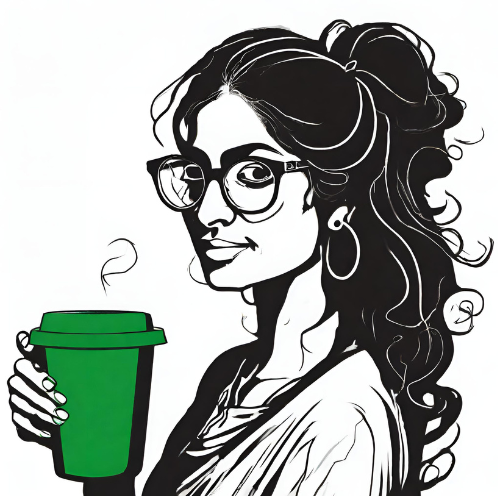Author: Malala Yousafzai (with Christina Lamb)
Publisher: Weidenfeld and Nicholson
Year of Publication: 2013
No. of Pages: 276
About the Book:
I am Malala is the autobiographical account of Malala Yousafzai. Written in 2013, the book presents details of her life and her campaign for education that led upto her shooting by members of the Taliban when she was about fifteen years old. She subsequently won a Nobel prize for her work in the field of education of girls. Winning the prize however, is not detailed out in the book.
A word of appreciation is due to Christina Lamb who has ensured that the writing retains its original rustic flavour in which Malala has written it. When you read the book, and if you have heard any of her speeches earlier, you would probably hear Malala speaking to you in her very Pakistani accent.
Malala’s voice is confident and full of conviction for the cause that she is working towards. There is an honesty with which everyday life and her schooling experiences in the Swat Valley have been described that provide it a very real quality. I had my own notions of what schooling in a Swat village would be like. Some of these were surprisingly challenged by the book. I had not for instance thought of young girls and boys in the village actively using emails and skype to communicate with the rest of the world. Whether Malala and her friends were an exception presenting this side of the reality of the Swat valley or is this the norm, is still unclear to me. The contrasting worlds that Pakistan presents are described through Malala’s visits across the country. In this sense, Malala is privileged for having received these opportunities at such a young age.
Despite all her achievements and recognition, Malala, so far seems to be untouched with the arrogance that fame brings. Her efforts are still directed towards the same cause and she is deeply rooted in the culture and customs of her home and village. Whether this is good or bad is difficult to say, as from her descriptions, it is evident that she believes that Muslim women should dress and behave in particular ways. This may or may not in turn present hindrances to opening yourself up to a world of possibilities and acceptance.
When I finished reading, I also felt that her father has not got his due. Much of the work that she is recognised for, is actually done by her father. She definitely gets more recognition for being a young woman addressing the issue. Yet, her father has been working at it for years and has received little attention for it world wide apart from being Malala Yousafazi’s father.
Final Analysis: If you are interested in education, terrorism, history or biographies, please do read. It is an enjoyable read.
Favourite Quote:
Post her surgery, Malala tells her father she wants to change one of the tapeys, a traditional cultural song. The changed version is presented here:
“Whether the men are winning or losing the battle, O my country,
The women are coming and the women will win you an honour.”
(p. 250)
